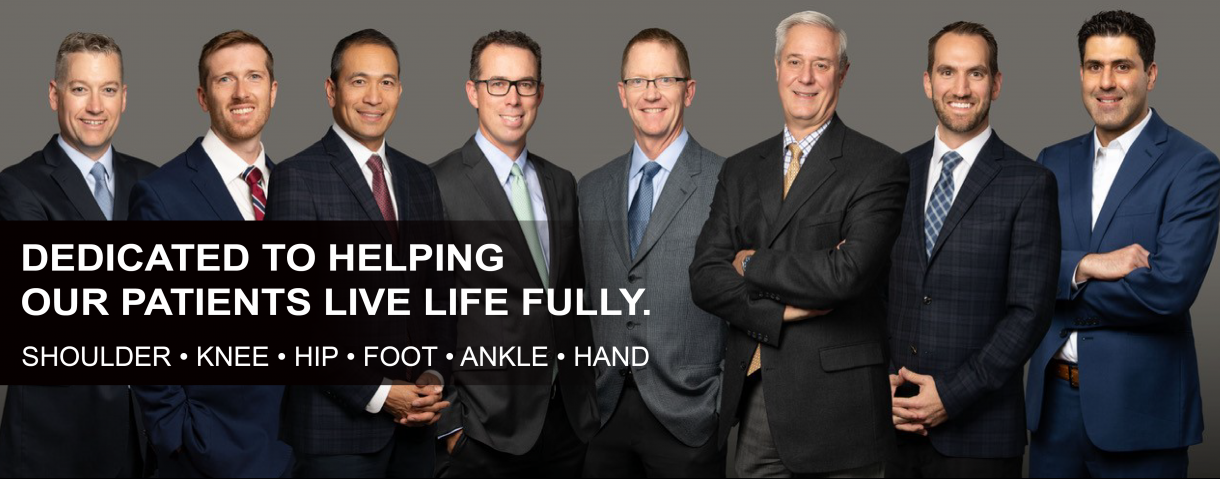What Are The Symptoms? – What Are The Risks? – What Are My Options?
Shoulder injuries are never enjoyable. Oftentimes, they can put us out of work for weeks and hinder our daily activities. Whether you believe it or not, an injured shoulder can really put a dent into your daily activities. For instance, even basic activities that require use of your shoulder, liker brushing your teeth, combing your hair, putting on a shirt or a jacket, or even driving can cause you tremendous pain or even make it impossible to perform those every day functions.
More than 2 million people every year within the United States report symptoms of a torn rotator cuff when visiting the doctor. As such a common injury, doctors and orthopedic surgeons are frequently asked, “what is a rotator cuff? Why did it tear? How did I tear it? How can I prevent it? And now, what are my options?”
Rotator Cuffs
Without getting too in depth about human anatomy, let’s describe it like this!
Your shoulder is made up of three bones:
- Clavicle (Collar Bone)
- Scapula (Shoulder Blade)
- Humerus (Upper Arm Bone)
Each of these bones contribute to the all-and-socket” shaped joint that gives your shoulder its functions. The rotator cuff is a group of tendons that cover the head of the Humerus and allow your shoulder to lift up and down, move back and forth, and rotate.
Causes & Symptoms
Often times, every day physical activities can potentially contribute to a partial or full rotator cuff tear. In addition, degeneration can also greatly contribute to a torn rotator cuff.
For instance, your rotator cuff can become injured if you slip at work and fall on your outstretched arm as you innately brace yourself for impact. The sudden impact and awkward crushing position could potentially severely damage or tear your rotator cuff.
In another example, you could potentially lift something that is just a bit too heavy with too much of a jerking motion. Your shoulder would be completely unprepared for this type of sudden weight shift, causing your rotator cuff to strain or tear.
Tears caused by degeneration occur mostly in athletes. Any athlete who consistently and repeatedly moves their shoulders in the same motion can be at risk for degeneration. So, for example, golfers, tennis players, rowers, baseball pitchers, are all at a higher risk for degeneration because of the constant stress being placed on the shoulder and the rotator cuff.
Symptoms of a damaged or torn rotator cuff include:
- Pain At Rest
- Consistent Pain In One Shoulder
- Pain With Movement
- Pain Lifting Objects
- Weakness When Rotating Your Arm
- Awkward Sensations When Moving Your Shoulder
Solutions & Treatments
For a torn rotator cuff, many doctors today recommend an initial treatment of rest, physical therapy, and re-strengthening exercises to help restore movement and relieve pain in the affected area. In the small number of cases where pain does not cease, and movement does not improve, there are surgical options that most Orthopedic surgeons would be prepared to offer you. In addition, steroid injections in the afflicted area could help to relieve pain.







Leave a Reply